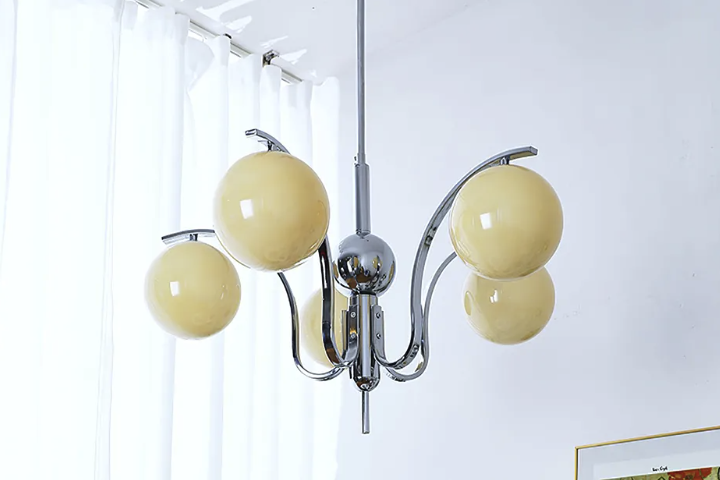Exploring the Beauty of Wabi Sabi Ceramics: Celebrating Imperfection and Transience
Introduction
Wabi Sabi is a Japanese aesthetic that celebrates the beauty of imperfection and transience in life. It is a worldview that finds beauty in simplicity, modesty, and the natural world. Wabi Sabi ceramics embody this aesthetic through their rustic, raw, and flawed appearance. In this article, we will explore the history and philosophy of Wabi Sabi, and how it is reflected in ceramic art.
The Philosophy of Wabi Sabi
Wabi Sabi is a philosophy that originated in Japan, and it is deeply rooted in Zen Buddhism. The term “Wabi” refers to simplicity and understated elegance, while “Sabi” refers to the beauty that comes with age and wear. The philosophy of Wabi Sabi acknowledges that nothing lasts forever, and that imperfection and impermanence are natural and beautiful aspects of life. The goal of Wabi Sabi is to find beauty in the ordinary, and to appreciate the ephemeral nature of all things.
The History of Wabi Sabi Ceramics
Wabi Sabi ceramics have a long history in Japan, dating back to the 16th century. They were originally used by Zen monks in tea ceremonies, as they embodied the philosophy of Wabi Sabi. The ceramics were handcrafted, using simple techniques and natural materials. They were intentionally left unfinished, with visible imperfections and irregularities. The idea was to create a sense of quiet beauty, to appreciate the natural imperfections of the clay and to embrace the transience of the tea ceremony.
The Aesthetics of Wabi Sabi Ceramics
Wabi Sabi ceramics are characterized by their rustic, raw, and organic appearance. They are often unglazed, with a rough and porous texture. The glazes used are usually muted and earthy, such as greens, browns, and grays. The shapes and forms of Wabi Sabi ceramics are simple and modest, with subtle variations in size and shape. The imperfections in the ceramics are intentional, and they are seen as a reflection of the natural world. The beauty of Wabi Sabi ceramics lies in their ability to evoke a sense of calm, peace, and serenity.
The Modern Interpretation of Wabi Sabi Ceramics
Today, Wabi Sabi ceramics continue to be popular among collectors and artists. However, the modern interpretation of Wabi Sabi is not limited to traditional Japanese ceramics. Contemporary artists have adapted Wabi Sabi to their own styles and mediums, using materials such as metal, glass, and even plastic. The core values of Wabi Sabi continue to inspire artists, designers, and thinkers around the world, who appreciate the beauty of simplicity, imperfection, and transience.
The Impacts of Wabi Sabi Ceramics on Modern Art World
The impact of Wabi Sabi ceramics on the modern art world has been significant. It has influenced artists and designers across various mediums, including furniture, architecture, and fashion. The aesthetics of Wabi Sabi have been incorporated into contemporary design, with its emphasis on simplicity, minimalism, and natural materials. Wabi Sabi has also encouraged a greater appreciation of traditional craftsmanship and handmade objects, as opposed to mass-produced goods.
Conclusion
In conclusion, Wabi Sabi is a philosophy that celebrates the beauty of imperfection and transience. Wabi Sabi ceramics embody this aesthetic, with their raw, rustic appearance, and intentional imperfections. The philosophy of Wabi Sabi continues to inspire and inform artists, designers, and thinkers around the world, who appreciate the beauty of simplicity, humility, and the natural world. It is a worldview that reminds us to slow down, appreciate the present moment, and find beauty in the ordinary.



